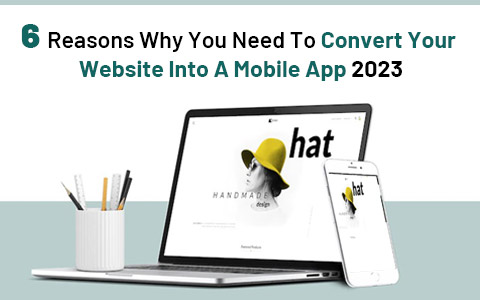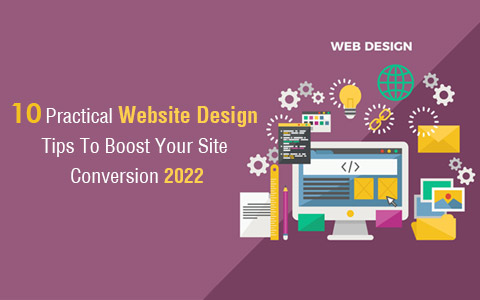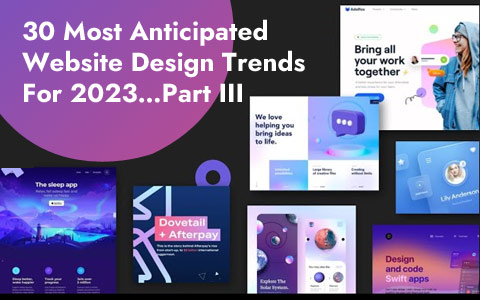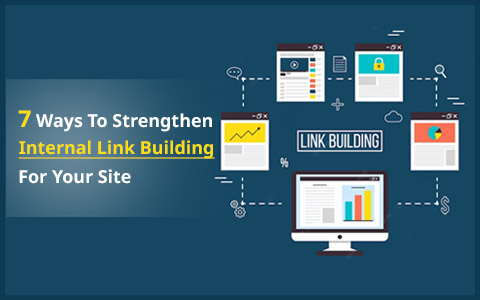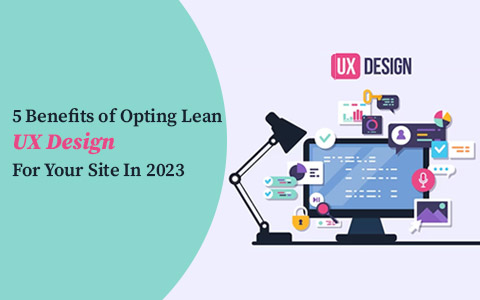8 Ways Your Site Design Can Make Your Website Stand Out 2023
 November 10, 2022
November 10, 2022 Custom Web Development Services Web Development Services
Custom Web Development Services Web Development Services
“Web design is not just about creating pretty layouts. It’s about understanding the marketing challenge behind your business.”
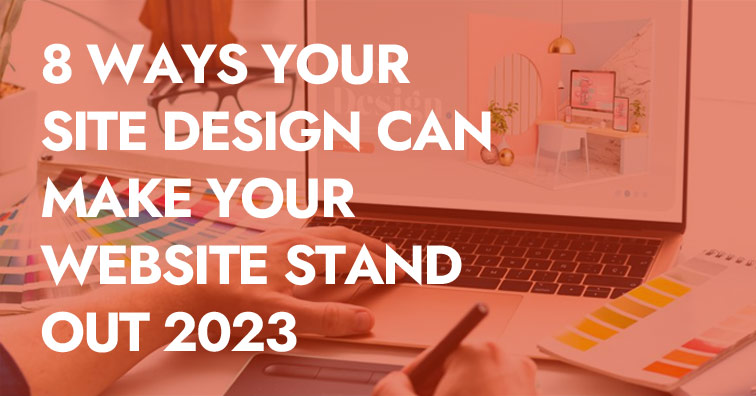
With just a month or so before we enter a new year already! This blog post is to help you get your site in the right shape and order before you welcome the next year. A good business is progressive in terms of meeting the needs of its users, consumers, and customers while simultaneously getting a better return on investment to continue providing the value.
We are going to divulge site design secrets and how you can adopt them for turning your not so good performing website into a consistently high-performing website.
Midas is among the leading Custom Web Development and Design Services providers from India and you can reach out to us for expert consultation and solutions on website development. We are just a call away!
Topics That We Will Cover In This Blog For Website Design:
• Site Design & the 3 Second Rule
• Website Design & Menu Navigation
• Website & Responsive Design
• Site Design & Brand Identity
• Site Design and Coherent & Consistent Branding
• Website & One-Column Design
• Black Text and White Background
• Site Design & Website Photos
1. Site Design & The 3 Second Rule
As soon as a user lands on your site, you have precisely three seconds to build a rapport with them. If your design is customized meticulously it is more likely that your site will pass the three second rule.
So, what is this 3-second rule? If a visitor coming to your site can find answers to below given three questions within the first three seconds, it is safe to say that you have built a great website that is indeed user-friendly.
• What is this site?
• Is this site for me?
• What do I get?
As you know, a user is not coming to your site with the intention to spend hours or even minutes JUST to decipher what the site is all about! They want to give a quick scan of the page/site and want to consume as much visual information as they can within a few seconds to decide if they want to continue staying on the site.
The first question is, what is this site? It is when the user comes to your site and they want to know if they have reached a relevant site (meaning relevant to their search and the information they are looking for).
It means you must ensure your site clearly exhibits what your business is about. If you’re a dentist and your website background has travel images, it is not a good choice of image as it doesn’t tell anything about your business/service.
The next question that would occur to a visitor would be, is this site for me? Every business has a set target audience. It’s not for everyone. Your site and its information are going to cater to a particular group of consumers/users/audience.
Make sure to present all the important information through text, video, or images used in your site so that potential customers don’t miss noticing it.
The last question to address through your site design would be, what do I get? It is normal for a user to expect something in return for the time they invested going through your site.
Generally, it could be a discount or sale, free downloadable, a free consultation or something similar which catches their interest (some freebies!).
It is a good time to build that trust as something of value that you are handing out for free will certainly strengthen the bond that you are trying to establish with your potential customer.
2. Website Design & Menu Navigation
The more organized your menu is, the more you are going to guarantee that the user is not leaving the site.
Another way to check if your website menu is good to go, you can do this little experiment where you must get the answers for the following within a couple of seconds:
• Can you find the services and products within a couple of glances on your site?
• Can you decide (within the first three seconds) what to do next once you land on your site?
• Does your menu clearly point out the industry/niche market you are serving?
3. Website & Responsive Design
Mobile web traffic cannot be ignored! A lot of visitors and users are actually mobile device users. Your site must be built for mobile as well as desktop browsing. During the planning stage of your site design, make sure to consider the mobile user and how your site design will appear on different screen types.
One way to get this done hassle-free is to have a team of expert designers who understand the nitty-gritty of site designing and constructing it in the right fashion to serve every type of user. Midas is among the leading web designing services provider from Delhi. You can reach out to us for consultation and service.
4. Site Design & Brand Identity
Most successful brands are able to connect with their customers on a more human level which is much more than just a business transaction.
If your customers are able to see your brand as something that is supporting them by offering & adding value (through services & products) to their life, you actually establish a brand identity for your business.
Understanding your business and how it connects with others and how it contributes to/influences a customer’s life journey (whether temporarily or permanently) can help you understand how to create your brand identity for your business and how to portray the same through your website design.
5. Coherent & Consistent Branding
The next step to creating your brand identity is setting brand guidelines so that your website designer can keep the branding clear and consistent throughout the site. It could be anything from how to use text on colored backgrounds to the use of logos on images.
A consistency factor adds reliability to your site and it also makes it easier for users to get to know your business and site. If you have certain colors that specifically represent your brand or a certain font type for your brand then it is best to stay consistent with the usage.
6. Website & One-Column Design
Data on web traffic has shown that more than 50% of traffic comes from mobile browsers and it has been so for the last couple of years. Designing your site that fits the mobile screen is highly important.
One way to do so is by using a one-column design. This method also supports your newsletters and email marketing to be better accessible and readable for the mobile users.
Single columns are also beneficial for desktop users as studies have shown, the human eye scans the middle of the page first, then the right side, and lastly the left.
7. Black Text & White Background
The design should look clutter-free and clean. One way to achieve that is by using black text on a white background. Trying to overdo design would make it look messy, thus stay away from pop-ups, add complicated textures, etc. The Black and white combination is simple, clean, and quite comforting to the human eye (thus not overwhelming a user with design elements).
8. Site Design & Website Photos
Images/photographs on your website are quite influential elements of your design. It can actually convince a user to buy from you.
For instance, pictures of new products that you are going to launch soon can entice a user to buy the item because they found product pictures interesting and something they would want to purchase.
However, it is important to use your own product pictures rather than stock images as it doesn’t justify what you are trying to sell and what users can expect from you. You can hire a professional photographer to get pictures for your website. However, if it’s not possible, you can just use your smartphone (do learn the little lighting and framing techniques to get the best shot).
Conclusion:
We hope these design secrets were edifying and interesting that you would want to apply them to your website. For more details on website design and creating responsive applications, You Can Reach Out To Us. For one-stop custom web development services, you can rely on Midas. Call now!
popular post
-
Top 4 Ways To Optimize For Mobile-First Indexing
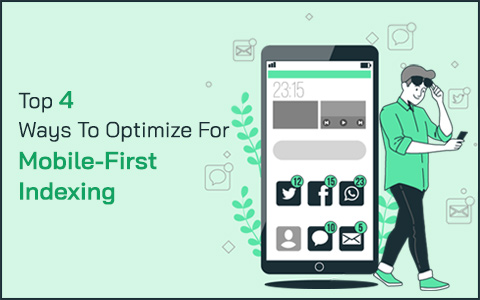
-
Six Best Reasons to start your Business Website today
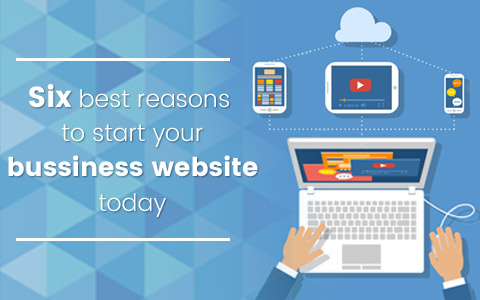
-
15 Questions You Should Not Skip When Hiring Web Maintenance Service
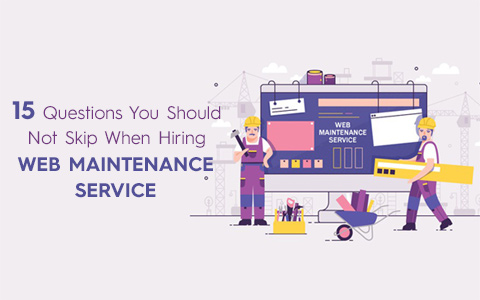
Categories
- Internet Marketing (13)
- Software Development (8)
- Mobile Apps Development (44)
- Web Designing (32)
- Web Development (60)
 business@midaswebtech.com
business@midaswebtech.com